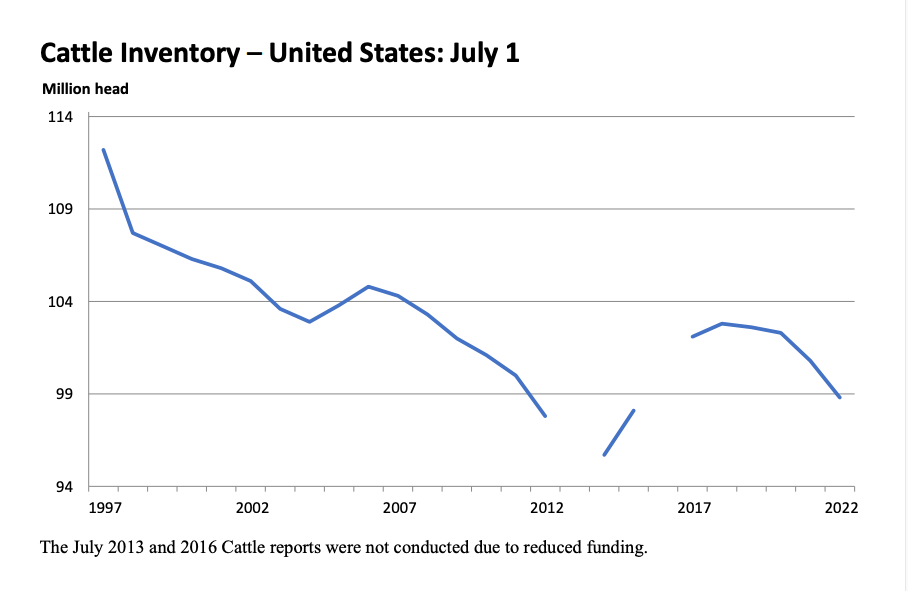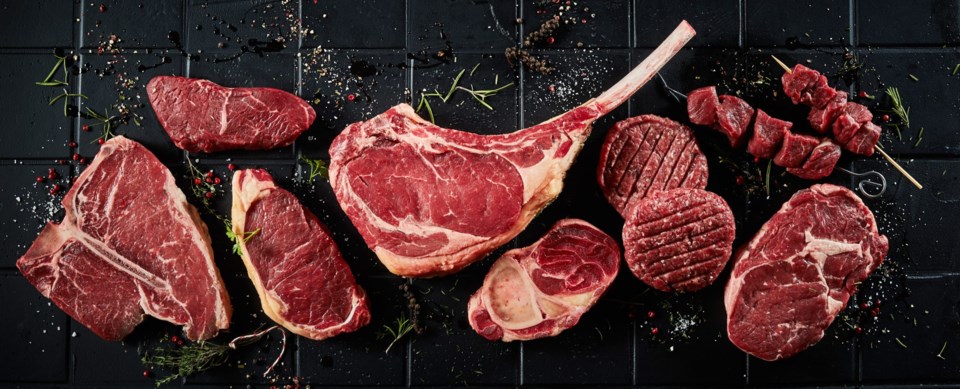As previously covered by Local Profile, ranchers across Texas have been forced to cut their herds, unable to feed the animals due to the ongoing drought.
Danny Jones, president of Superior Livestock Auction, told KDAF CW33 that farmers have been in a drought for a couple of years now, but this year could be the most widespread he’s seen in the last 36 years. “We’ve seen worse droughts in places, but across the board, it might be as bad as it’s been,” Jones said.
Similarly, Colin Woodall, CEO of the National Cattleman’s Beef Association, told FOX Business, that because so much of the country is in a drought, it is limiting ranchers' options. "There's no place to go because everybody is struggling to find the forage they need to feed their cattle," said Woodall.
In 2021 similar conditions forced 40% of farmers to cull their herds, and this time that number could be higher. According to the latest cattle report by the U.S. Department of Agriculture, total inventory has dropped 2% since July 2021. This trend combined with inflation has analysts saying that beef prices could get even higher.

"We are seeing large numbers of female stock have been placed in feedlots," USDA livestock analyst Shayle Shagam said in a radio report for the agency Tuesday. “Supplies of cattle going to feedlot is going to be declining” he continued, “and progressively tighter supplies of fed cattle available for slaughter as we move into 2023”
The report signals a contraction of the cattle market that is not simply affected by the weather. With inflation, not only the forage and feeding of animals have risen recently, but labor and energy costs have also increased, and these are factors producers will be looking at in addition to the prices they are receiving for their animals. Those prices could keep getting higher as the supply of cattle and beef continues to shrink. The USDA estimates that by next year prices could jump up to 8% more.




